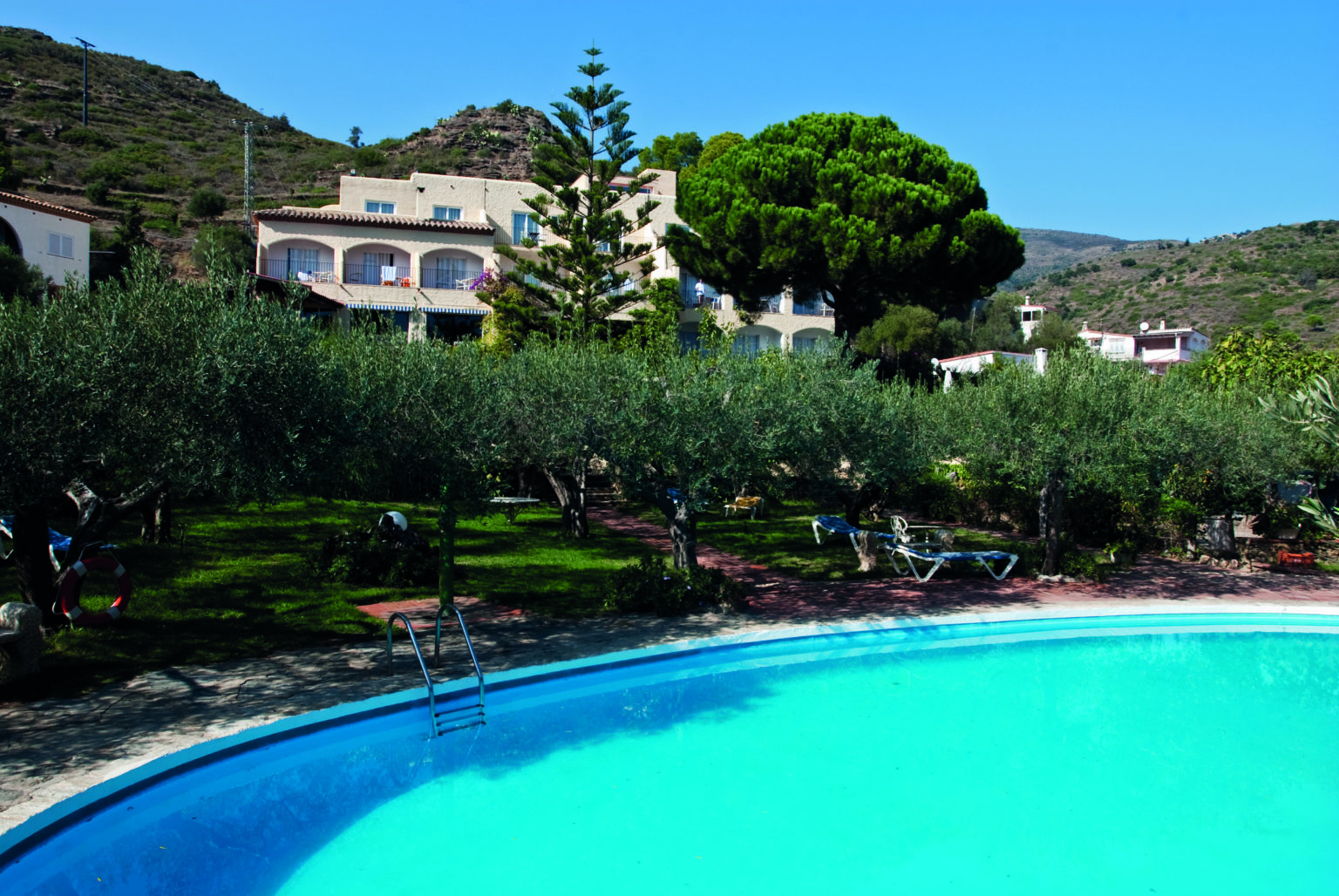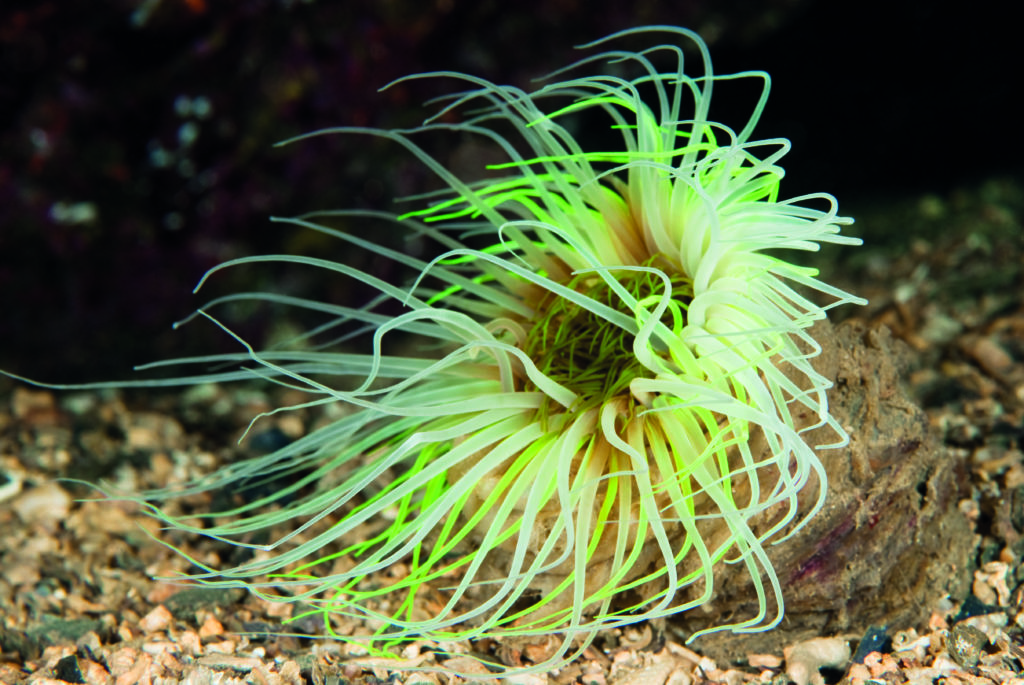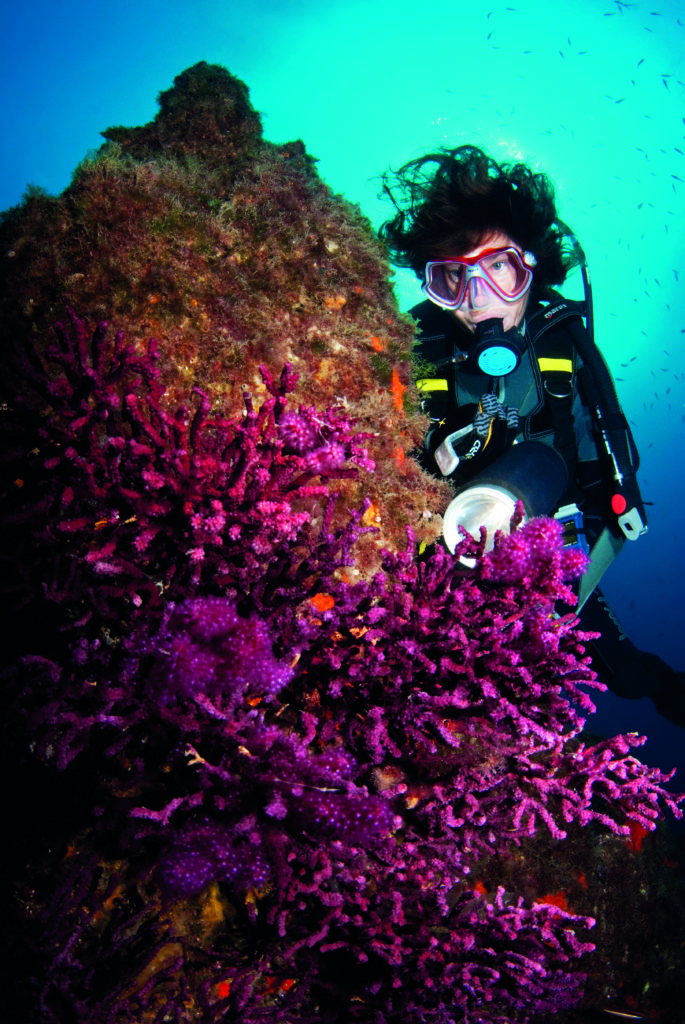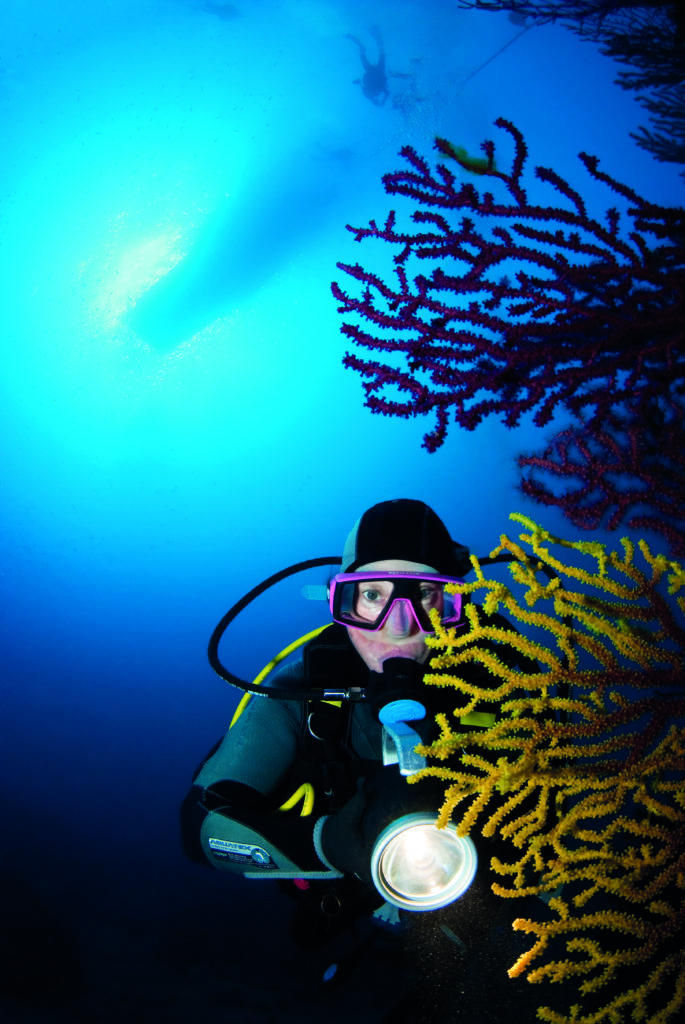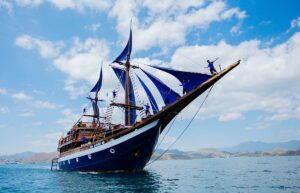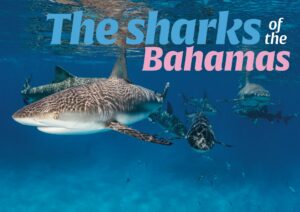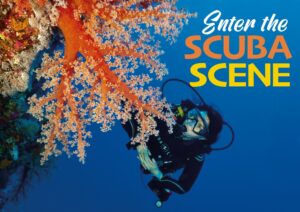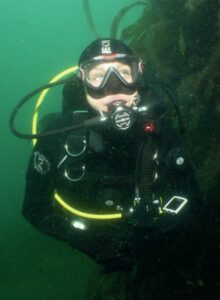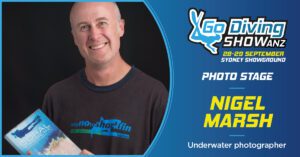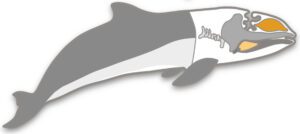Stuart Philpott makes the short hop to Spain and finds that Cala Joncols offers a diverse mix of dive sites to keep even the most-hardcore diver satisfied
First impressions can sometimes be deceptive, but when Jan Boelen, the owner of Euro-Divers in Spain, said the Cala Joncols hotel reminded him of Fawlty Towers, I thought ‘oh s***, what have I let myself in for?’ I had visions of complete mayhem and disaster, with balmy Basil goose-stepping around the corridors all night long. Maybe I should have increased my life insurance policy before the visit? My concerns were further raised when Belgian-born Jan said the owner was called Manuel and he actually came from Barcelona. Que? This definitely had the makings of an entertaining week and I hadn’t even discussed the diving yet!
I booked a flight with one of the budget airlines from Gatwick to Girona. The transfer to Cala Joncols took about an hour, so there was plenty of time to quiz Jan on what other surprises lay in store for me. I noticed that Jan had some disturbingly similar ‘Basil’ traits. The moustache was missing, as were the ‘crazy eyes’, but there was a very distinctive loud laugh. Spending the past 15 diving seasons at the secluded little bay had probably taken its toll.
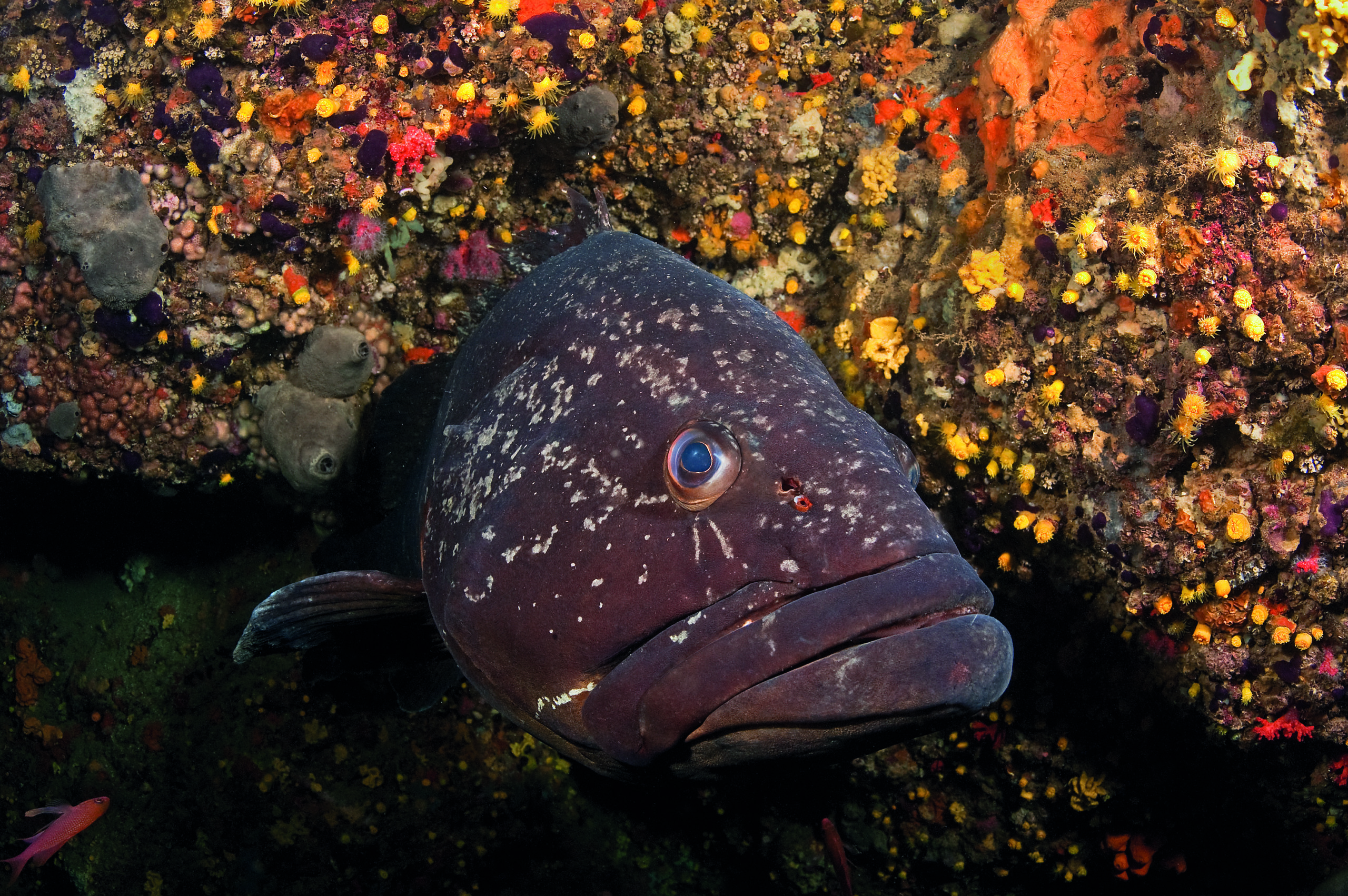
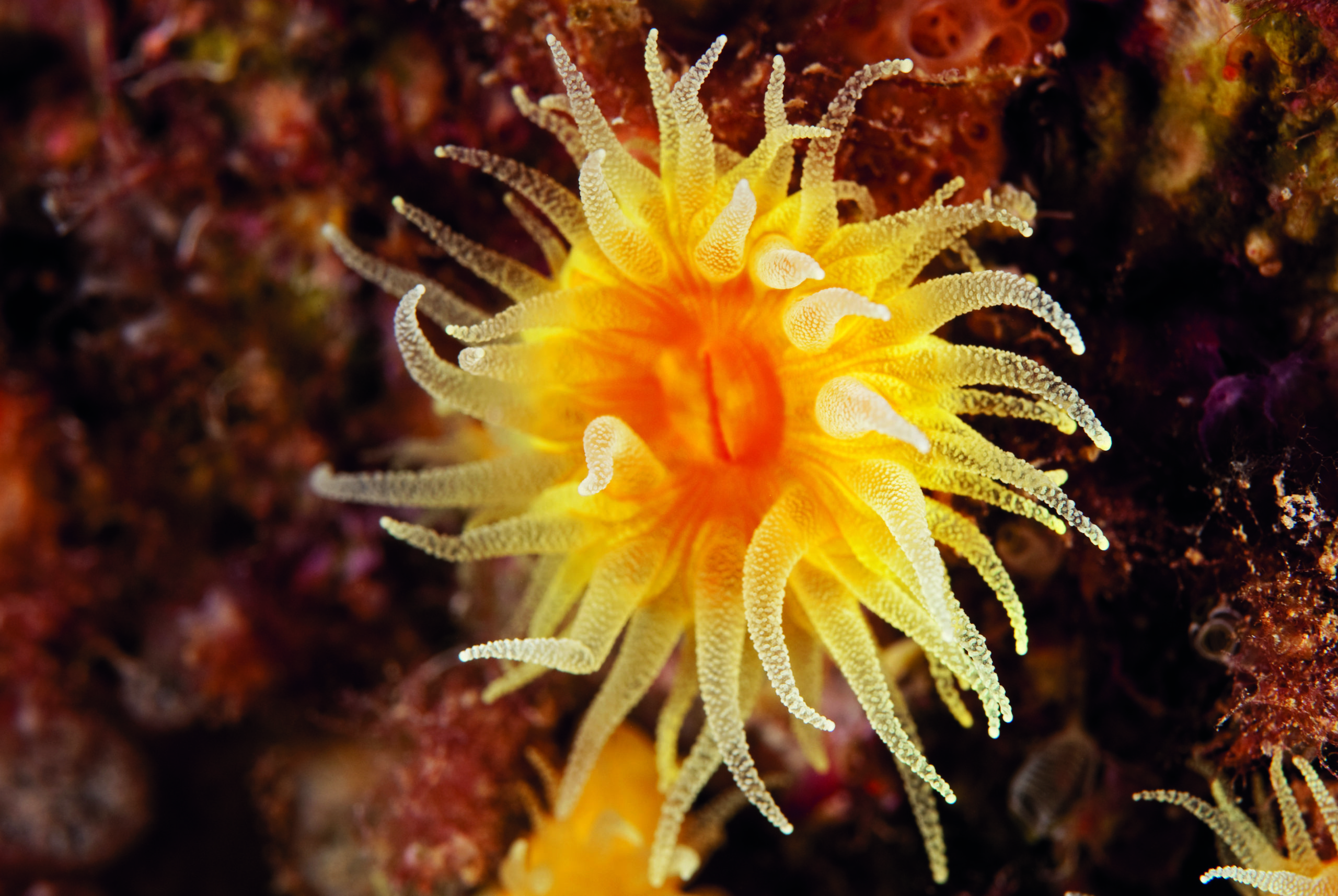
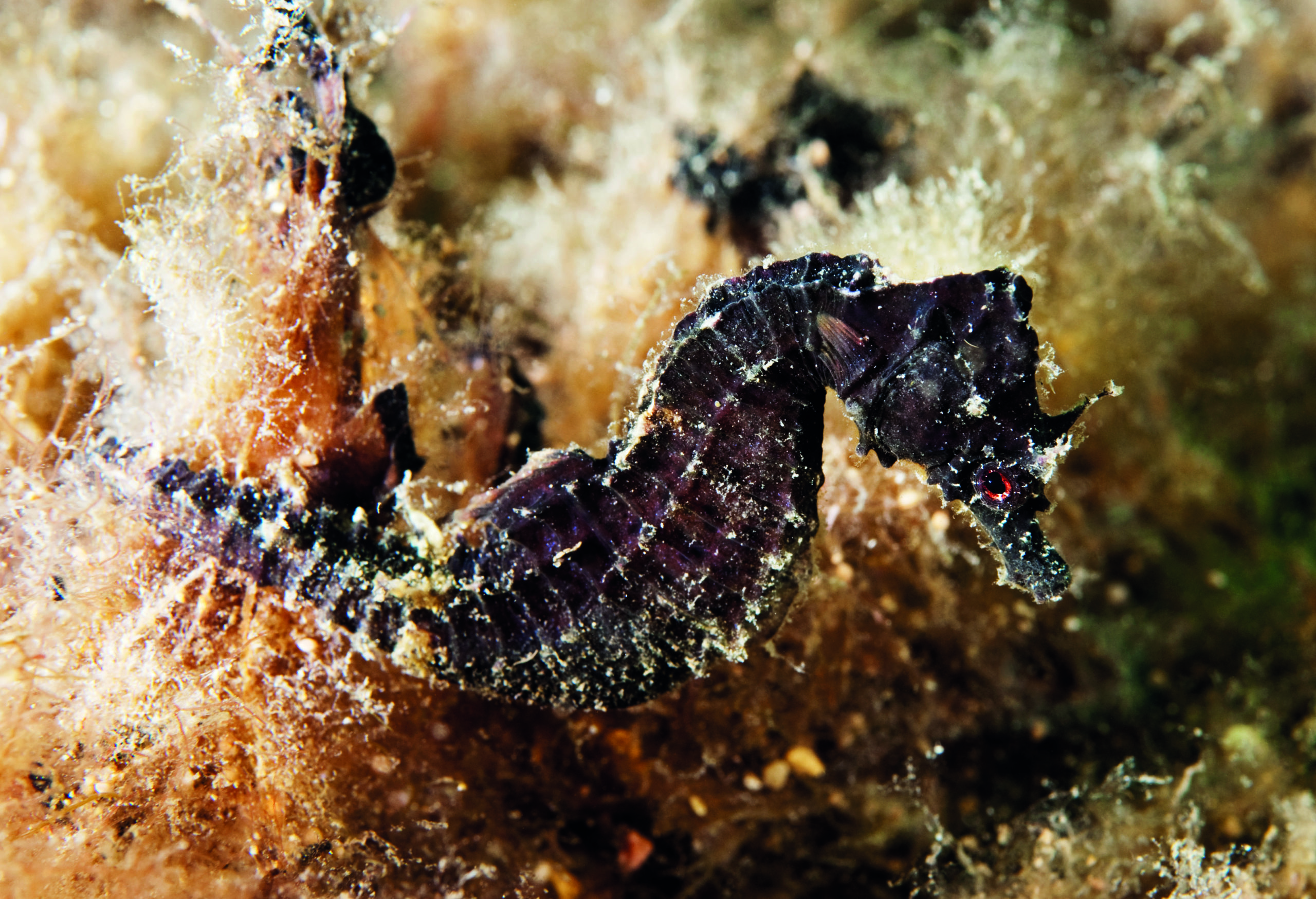
Jan turned out to be a really likeable character with bags of energy and enthusiasm. He began diving in 1991 and has worked in the Caribbean, Thailand and the Maldives. Even though Jan had been offered more prestigious dive centres under the Euro-Divers banner, he was content to stay at Cala Joncols. Jan had even bought an apartment in the nearby town of Roses, so there were no plans to move away just yet.
I arrived at the Cala Joncols hotel early evening and to my relief the place was nothing like Fawlty Towers. The three-storey building was surrounded by olive trees, shrubs, flowers and overhanging plants. From my balcony I could see the swimming pool, pebble beach and then the sea approximately 30-40 metres away. The bay itself is flanked on either side by steep-sided cliffs. There were no other hotels, restaurants or bars in the vicinity, so don’t expect a pub crawl.
Everybody congregated around the patio area at dinner time. Clientele was mainly German, French and Spanish with a few Brits scattered about here and there. Manuel Gomez Fernandez had worked at the hotel since 1968 and became the owner in 2000. It was 100-percent family owned and family run. There were 35 rooms and four bungalows (four people per bungalow) on offer.
I had a good look around and could see that all of the white-washed rooms were well-maintained. Some had ultra-modern bathrooms and sea-view balconies. On the ground floor there was a bar with wi-fi. This was definitely a full-on divers resort with a good number of rooms allocated for Euro-Divers clientele. The rest of the rooms were occupied by guests enjoying other outdoor activities including kayaking, walking and mountain biking.
During my stay the hotel was full of Thai Chi enthusiasts and a group of naturists. The crescent-shaped beach was big enough to accommodate everybody, although I did get an eyeful of bare flesh on a daily basis. In the summer months the protected bay was full with yachts and power boats visiting the top-rated restaurant.
Food is typically Spanish. Full-board diving guests are served up a set three-course menu every evening at around 7.30pm. There’s only one choice available but the kitchen will rustle up an alternative if someone has a specific dislike. Fresh fish in some form or other is normally on offer.
The whole diving set up runs extremely well and, in fact, it reminded me of a kind of ‘land-based’ liveaboard operation. A normal diving day consisted of two boat dives, the first at 10am and the second at 4pm. Jan said they offer double boat runs (four dives a day) in high season. There’s also unlimited shore diving and night dives available.
The main season is between April and November, but this peaks in July and August. Jan said the best time to visit is around September. The weather is still warm and the evenings are slightly cooler. I sat down and filled in the usual liability and release paperwork and was pleasantly surprised when Jan said ‘we don’t ask you to do a check dive. You have a qualification and a logbook. We treat everybody as a diver. We do a good briefing and then you do your dive. Divers don’t have to be guided’.
The core staff was made up of three full-time instructor/dive guides (everybody spoke good English). Jan explained the logistics for a standard diving day which, in my case, started with an early morning swim followed by a leisurely breakfast. At around 9.30am, I grabbed all my kit from the drying/equipment room, put my semi-dry on and walked down to the beach carrying everything except a cylinder.
The cylinders are filled every night and then brought down to the beachfront in a truck. 32 percent nitrox is free and most of the cylinders are 12-litre steel dumpies with twin valves. Jan said ‘we have had no major incidents. Nitrox for free helps’. Most of the divers were using nitrox on air profiles while keeping a close eye on depth limitations.
When I had finished setting up my gear, I just walked to the water’s edge where the boat was waiting to pick us up. Euro-Divers ran a hard boat capable of carrying up to 36 divers. This is owned by the hotel and skippered by one of Manuel’s sons.
They offer 18 different dive sites inside the Cap de Creus natural park. Maximum on-water travel time to the furthest site is 20 minutes each way. The boat returns around 12.30pm and lunch is served at 1pm. This gave me a few hours for an afternoon siesta before repeating the same routine again at 3.30pm.
I managed to split my dives between macro and wide angle so I could get a good overall feel for the place. Water temp rises to a maximum of 24 degrees C in July and then starts to cool down in September. I was wearing a full 6mm suit without a hood and felt comfortable. Jan said ‘the diving here is very good for the Med’.
Cape Norfeu was Jan’s favourite dive site, so I was looking forward to experiencing it first-hand. I followed Jan down the mooring line and across the boulder-strewn seabed to a wall packed full of purple-coloured gorgonians. The sun was positioned perfectly for photos and the visibility topped 20 metres. I dropped down to 30m and was still nowhere near the bottom. Jan said dives were limited to a maximum depth of 40m, although I did see a few sneaky divers going deeper.
We finned along the wall and then headed towards a shallow cave. There were a number of big grouper on show but they just wouldn’t let me get close enough for a picture. All in all, it was a great dive. Jan said ‘if you come here for big fish you will be disappointed’, but there was still plenty to see including free-swimming morays, banded bream and shoals of yellow-striped saupe.
Jan’s fish-spotting capabilities were called upon at a dive site called Norfeo. I found a wide range of species on show from nudis, gobies and scorpions to starfish, blennies and lobster. My underwater time seemed to fly by.
I watched the moray eels go into a trance-like state while being ‘cleaned’ by an army of bright-red prawns. One particular moray had about eight industrious little prawns in its mouth and on top of its head.
The eel was so preoccupied I managed to get close enough for a really nice picture. The spiky purple nudis were not so easy to capture. Even the slightest current or surge would toss them backwards and forwards, making it difficult to get a clean in-focus picture.
Jan showed me a number of underwater caves dotted along the coastline. My favourite was known as La Caverna. We went through a wide post-box-shaped entrance which reduced to quite a tight squeeze further along, eventually surfacing inside a giant cave. When Jan shone his torch I could see hundreds of bats flying over our heads.
Jan told me that three seahorses had been spotted at La Virgen, so I joined a German-Swiss contingent on a seahorse hunt. We spent more than an hour looking for seahorses but alas there was nothing to report. I found an interesting-looking nudi, which turned out to be quite a rare find, but not much else.
The same group went back to the site for a night dive and actually found a seahorse – and got the picture to prove it. I finished off my week’s diving at Punta Prima. The rocky seabed was carpeted in sticky snake locks anemones. Jan guided me over to a huge rock swathed in gorgonians.
Nestled in among the deep purples was a solitary bright yellow sea fan. Its positioning was difficult for a picture, but I managed to contort myself upside down with my head firmly wedged against the pebble bottom and get a reasonable picture.
Jan is often seen loitering around on the dive boat throughout the season. He likes to keep an eye on the instructors and get any first-hand feedback from his clients just to make sure there aren’t any complaints.
I noticed that the weekends were a lot busier than week days. Jan said that groups from France and Germany often popped over the border for a long weekend. Jan’s dive centre is both PADI and CMAS affiliated. He said ‘clubs can do their own training and use their own instructors if they want’.
Overall I had a great week at Cala Joncols. The resort is ideal for families, groups and clubs. All the facilities including food and accommodation are provided on site, the boat is big and spacious and there is easy access to shore diving.
To be perfectly honest everything ran smoothly without any hiccups from the first moment I arrived at Girona until I returned back home a week later. In my mind this is the sign of a professionally run outfit that actually knows what they are doing and how to treat their clientele.
The dive sites had marine life, but don’t expect to see an abundance of big animals (although there are mola-mola at certain times of the year). There were plenty of different-coloured anemones and gorgonians and definitely no shortage of photogenic moral eels.
I saw grouper on every site but they were easily spooked. Macro life was just about everywhere. Quoting the iconic words of Mr Basil Fawlty himself ‘another satisfied customer, we should have him stuffed!’
At around 9.30am, I grabbed all my kit from the drying/equipment room, put my semi-dry on and walked down to the beach carrying everything except a cylinder
To be perfectly honest everything ran smoothly without any hiccups from the first moment I arrived at Girona until I returned back home a week later
Photographs by Stuart Philpott
